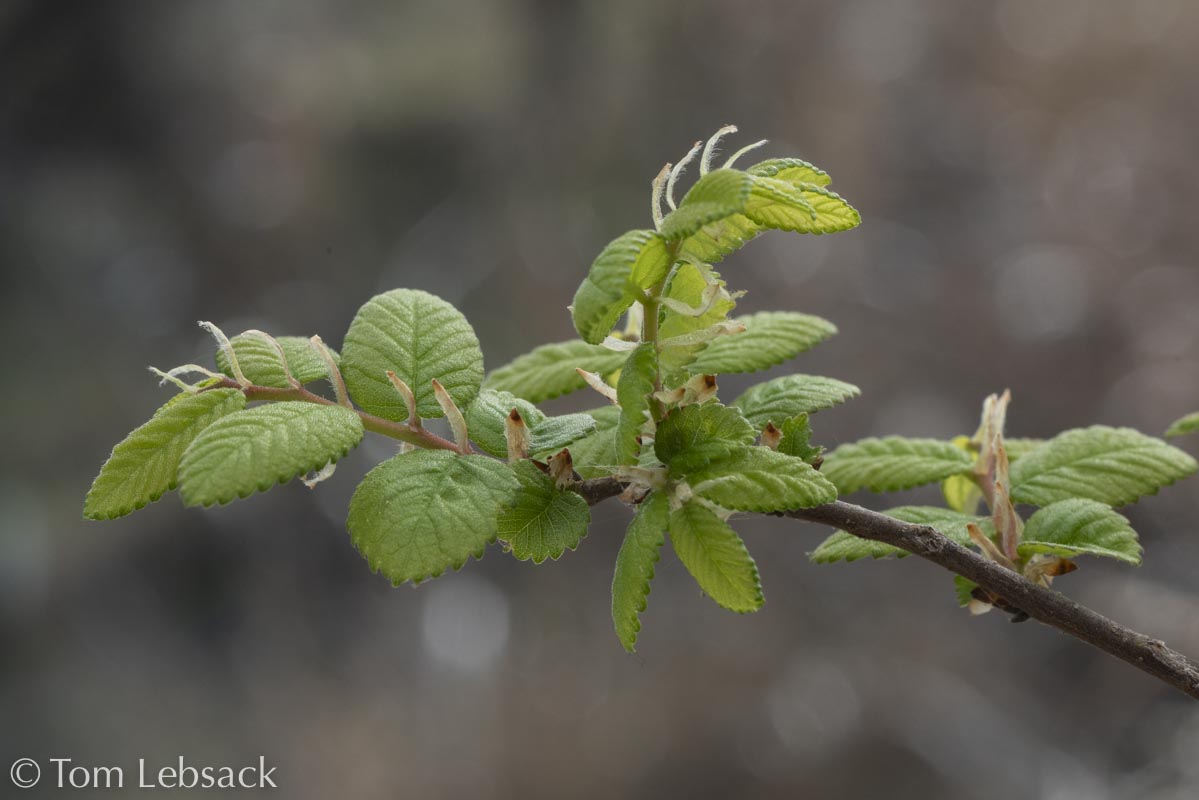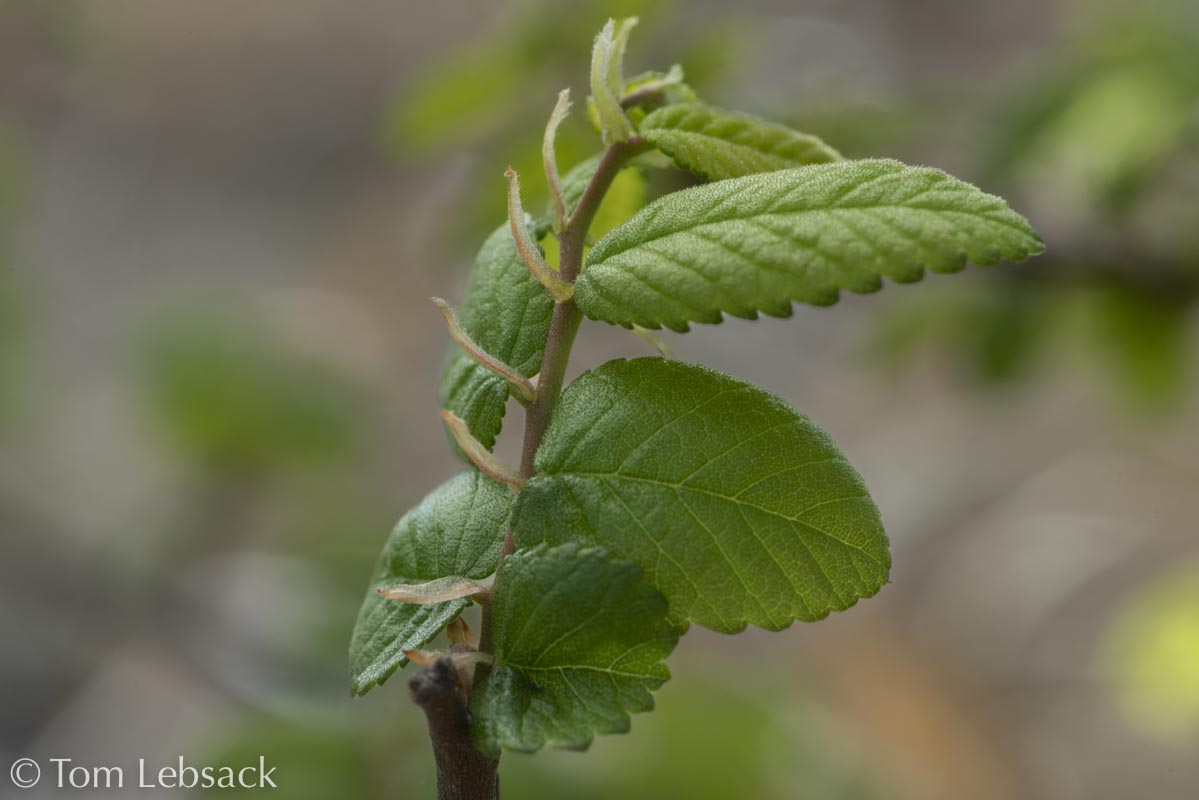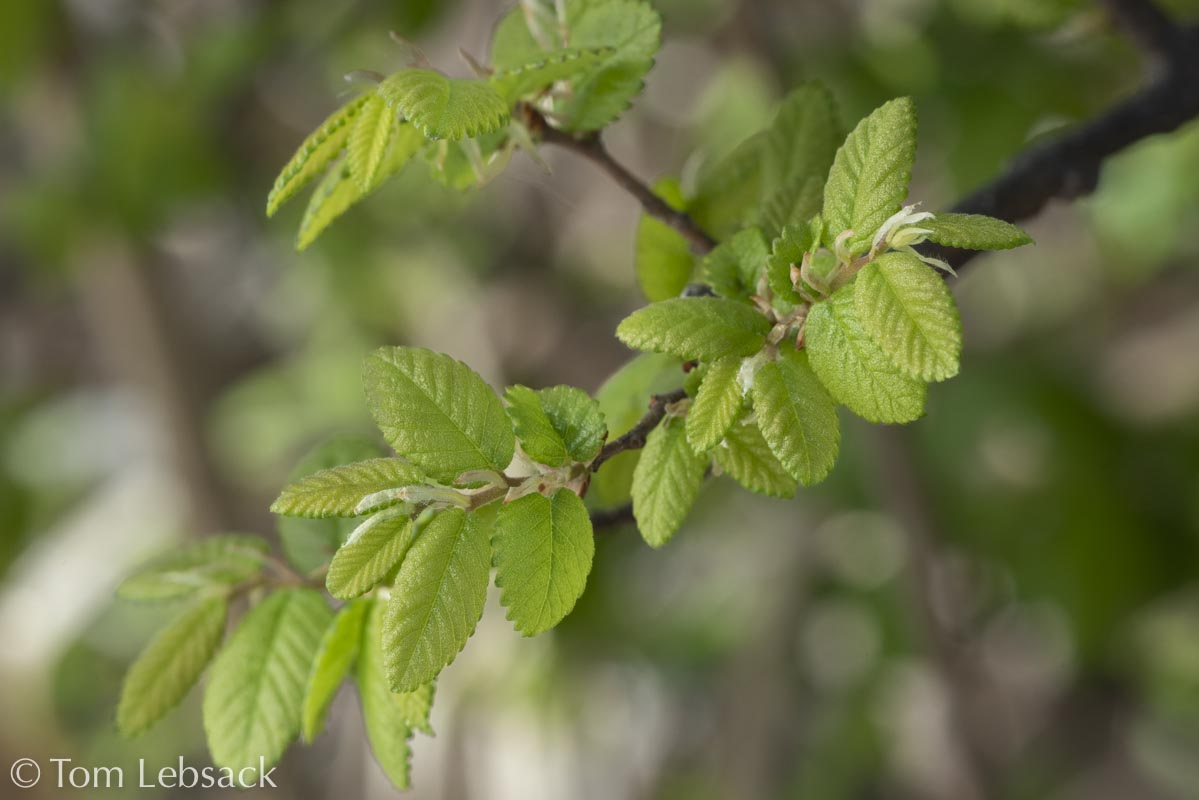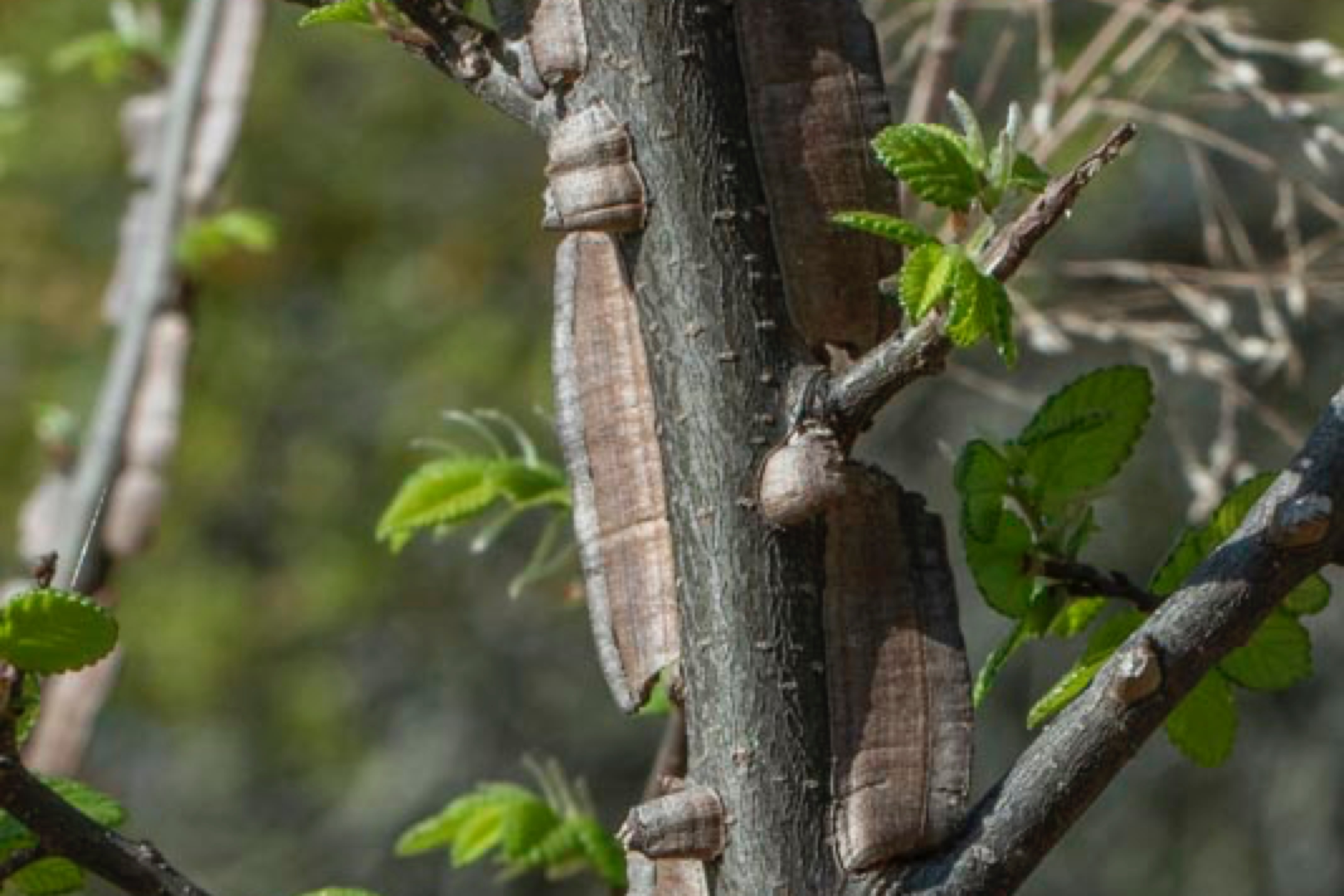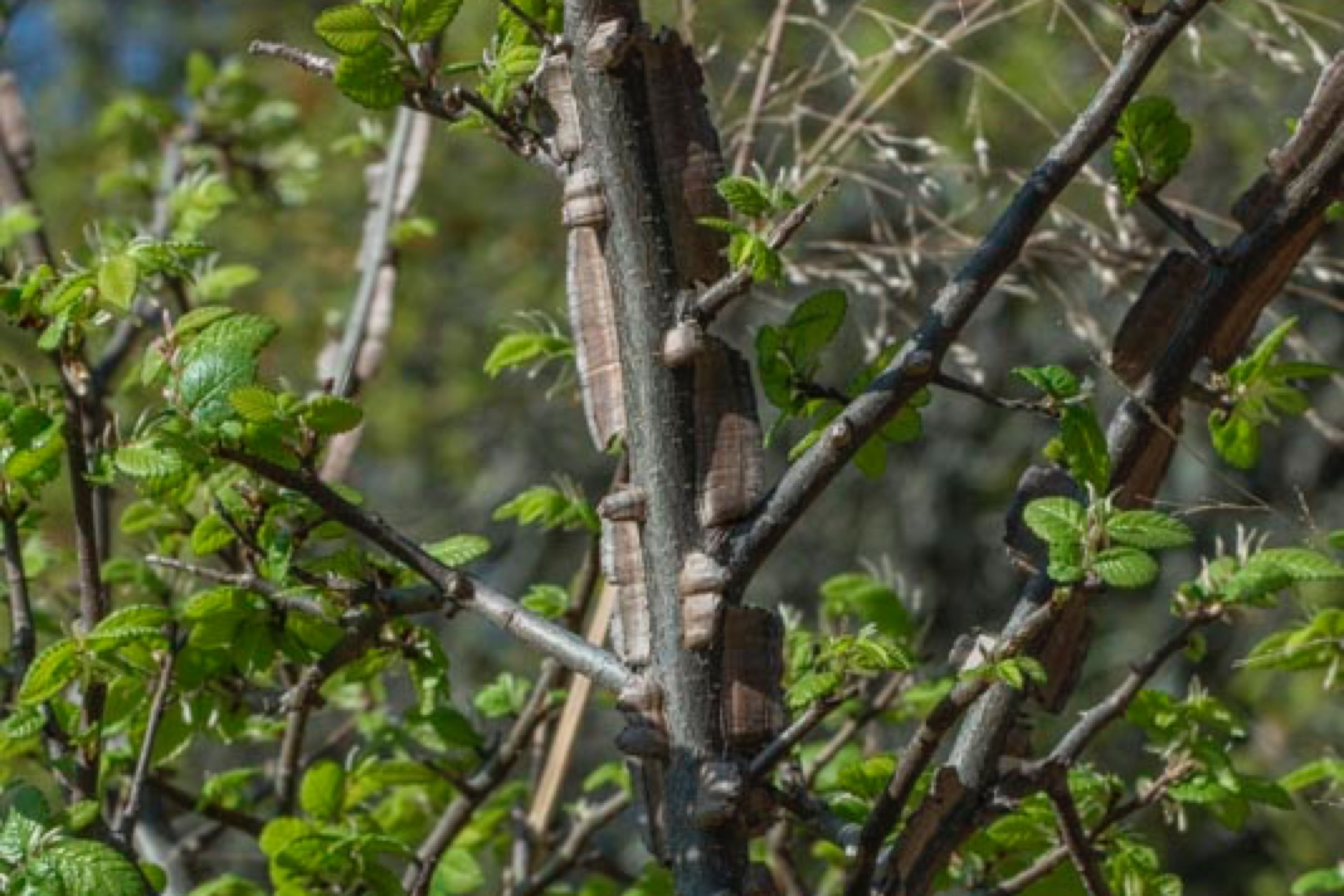Texas Wildbuds
Ulmus crassifolia
(Cedar Elm)
| Scientific Name | Ulmus crassifolia | USDA PLANTS Symbol | ULCR |
| Common Name | Cedar Elm | ITIS Taxonomic Serial No. | 19052 |
| Family | Ulmaceae (Elm) | SEINet Reference |
Click Here |
| Description | Habitat: Low woodlands, ravines, streambeds and open hillsides. Plant: Tree growing 60 to 80 ft. tall with spreading branches and rounded crown; light brown or gray bark with lighter splotches, divided by fissures into flattened, scale-like ridges; branches often with two opposite cork-like wings; usually deciduous in late fall or early winter. Leaves: Dark green alternate, ovate to ovate-oblong or ellipic blades 1 to 2 inches long and 3/4 to 1 inch wide on short petioles; margins are crenate to double-serrate; tips are obtuse; upper surface with soft pubescent hairs, lower with stiffer hairs. Inflorescence: Clusters of 2 to 5 small reddish flowers in leaf axils on pedicels about 1/3-inch long; hairy deeply lobed calyx with 6 to 9 lobes 6-9; 5 or 6 stamens with reddish-purple anthers , protruding white stigmas. Bloom Period: July to October. Fruit: Samaras are green to tan, elliptic to oval, about 1/3-inch across. References: "Manual of the Vascular Plants of Texas" by Correll and Johnston, "Range Plants of North Central Texas" by Ricky Linux and Flora of North America. |
BONAP Distribution Map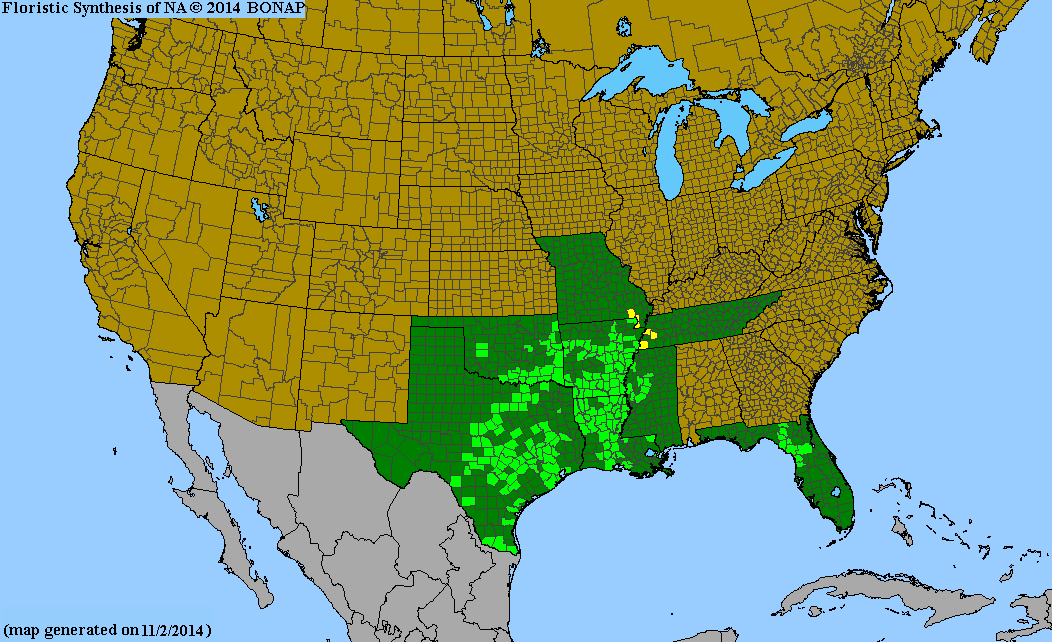 Map Color Key |
Texas Status: Native |
Banner photo of Castilleja indivisa and Lupinus ssp. taken along FM 1323 north of Johnson City, Blanco County
© Tom Lebsack 2025
Every attempt is made to provide accurate, up-to-date, and relevant information, but the completeness or accuracy of any information presented on this website cannot be guaranteed. I use authoritative references to insure high standards of accuracy and review and update the information frequently.
